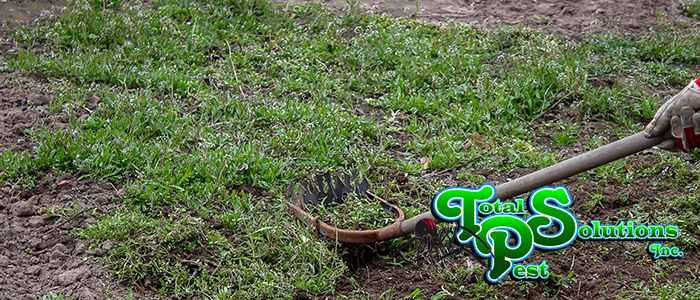
A common springtime pest that comes back with a vengeance in the Autumn to try to find shelter, jadera bugs – Also known as red-shouldered bugs – Are a common pest all over Florida. These bugs are often confused with young boxelder bugs, but they are two separate species in the same family. They also have the distinction of being “true” bugs – That is, they are insects with piercing and sucking mouthparts. In this article, we will go over the basics about this common insect and how to manage them if you find that they are causing trouble – As the scentless plant bugs can cause staining on clothes when children play in yards infested with them and creep out many a homeowner with their beady red eyes.
Jadera Bugs – The Basics
So, what does jadera mean, anyway? It’s a reference to the genus of the bug, Jadera. The most common of two species in Florida is Jadera haematoloma, also known as the red-shouldered bug or soapberry bug. As the name suggests, these bugs commonly feed on the seeds found in soapberry plants, but they don’t seem to cause harm to the plants even when present in large numbers. It may be that, like boxelder bugs, they will prey on insects in a pinch, but this behavior has not yet been observed. They have been observed feeding on boxelder trees which just adds to the confusion some people have over these distinct insects.
Though they don’t cause harm, they are considered nuisance pests. They leave spotting from their droppings on fabrics and siding and tend to invade homes when the weather cools. As they always arrive in great numbers, this can be a real problem! They’re looking for places to spend the winter in a dormant, docile state until the weather warms again. After emerging to warm temperatures, they begin feeding and mate after a couple of weeks.
Females lay eggs on tree bark, grasses, and rocks, and after about two weeks, the eggs hatch. Nymphs lack the wings and wing covers of adults, revealing bright red backsides that are easy to spot. Usually, the nymphs won’t survive the winter, but if they manage to become adults, they usually make it.
Jadera Bug Control
Inside, jadera bugs tend to be easy to manage with a vacuum cleaner. However, prevention is key. Even if you remove the ones you have indoors, if there is a way to get in, more will get in. Seal cracks and gaps around pipes, make sure weep holes are plugged with copper or plastic mesh made for weep holes, repair or replace broken screens, and make sure your weatherstripping is healthy. Outside is trickier. When they congregate, you can vacuum them up and toss them in the trash and apply pesticides where they might try to hide or hibernate, such as cracks, fences, tree leaves, and trunks. Neem can be a helpful deterrent if you’re looking to avoid harsh chemicals. You’ll have to stay on top of it and be proactive, though.
In Conclusion
For serious problems with jadera bugs, don’t be afraid to call the pest control professionals at Total Pest Solutions. Heck, even if it’s not serious – If you notice you have more bugs than you want, let us know. Chances are, we can make it a lot easier for you.
continue reading
Related Posts
Holiday Pest-Free Homes in Winter Haven: Avoiding Cargo Pests As
Auburndale’s Mole Cricket Damage: Repairing Turf Before Frost As the
Lakeland’s Fall Termite Swarms: Early Detection Tips As the summer






